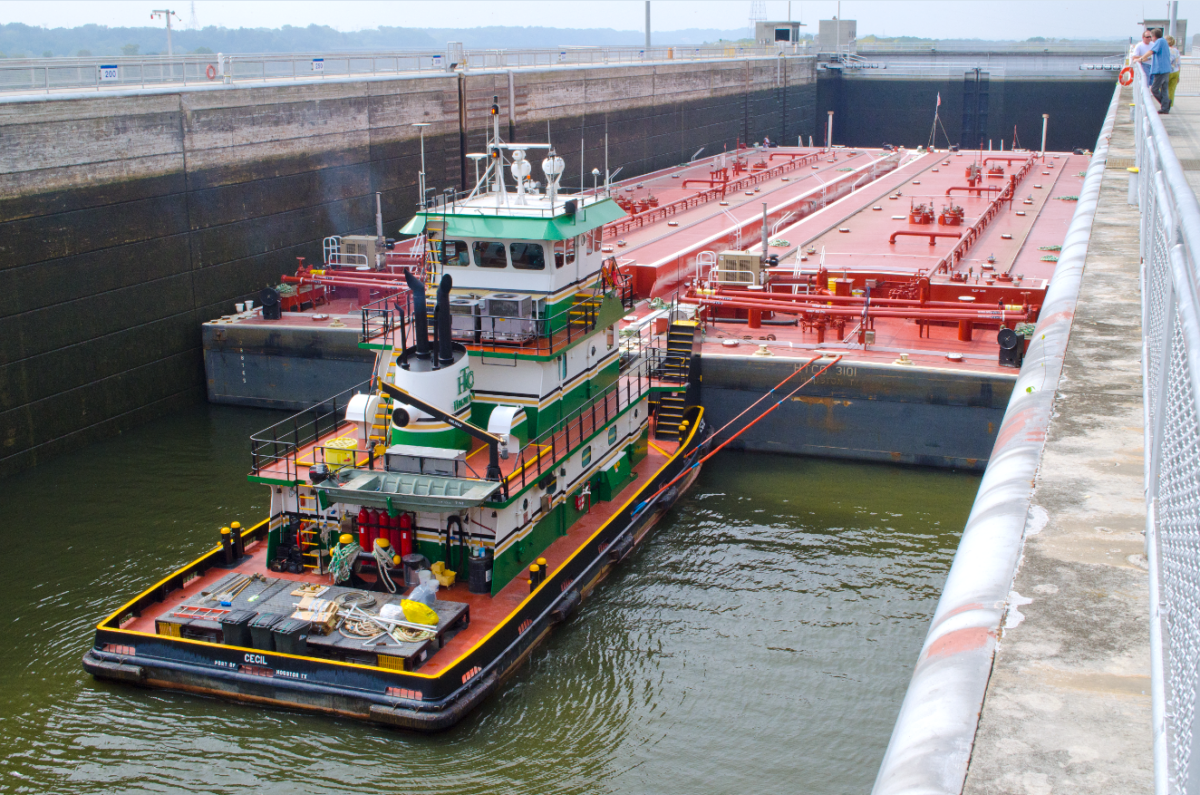Appalachia’s 1,500 miles of navigable inland waterways, coupled with thousands of miles of criss-crossing roadways and railways, continue to offer tremendous economic opportunity. Using intermodal transportation hubs and efficient freight management systems, Appalachia’s manufacturing industries can keep goods and services moving in and out of every domestic market — from the northeast corridor to the Pacific coast. International imports and exports are also available to the Region through access to major global shipping ports like Baltimore, Savannah, and New Orleans.
ARC Keeps Intermodal Transportation Moving
In 2007, ARC established a regional study group to evaluate changing macro-economic trends and published its research and recommendations in the report Network Appalachia. Three years later, the Heartland Corridor initiative was implemented from Norfolk, Virginia to Columbus, Ohio. This program allowed the double stacking of rail containers on trains, greatly increasing transportation capacity and enhancing global financial competitiveness. These initiatives illustrate how strong intermodal transportation systems linking waterways, rails, and roadways increase Regional freight management efficiencies while lowering costs. They also expand Appalachia’s access to supply chains, encourage economic competition, attract new businesses, and create employment. ARC investments also support research, planning, and development initiatives to make the Region’s transportation systems more accessible and resilient in the face of changing economic conditions.

